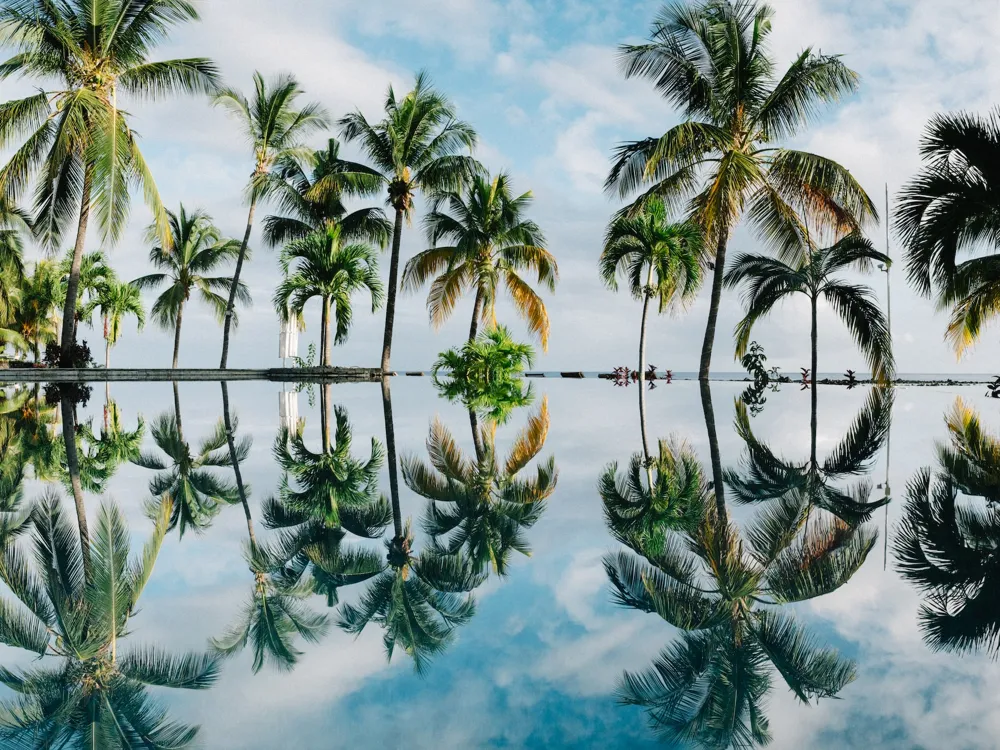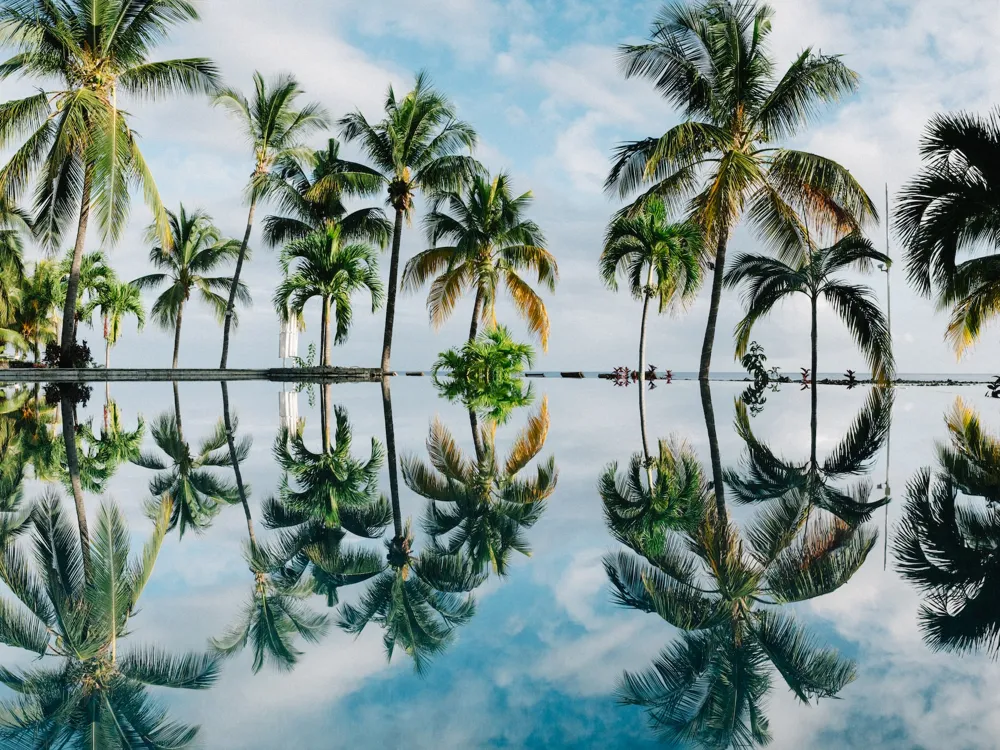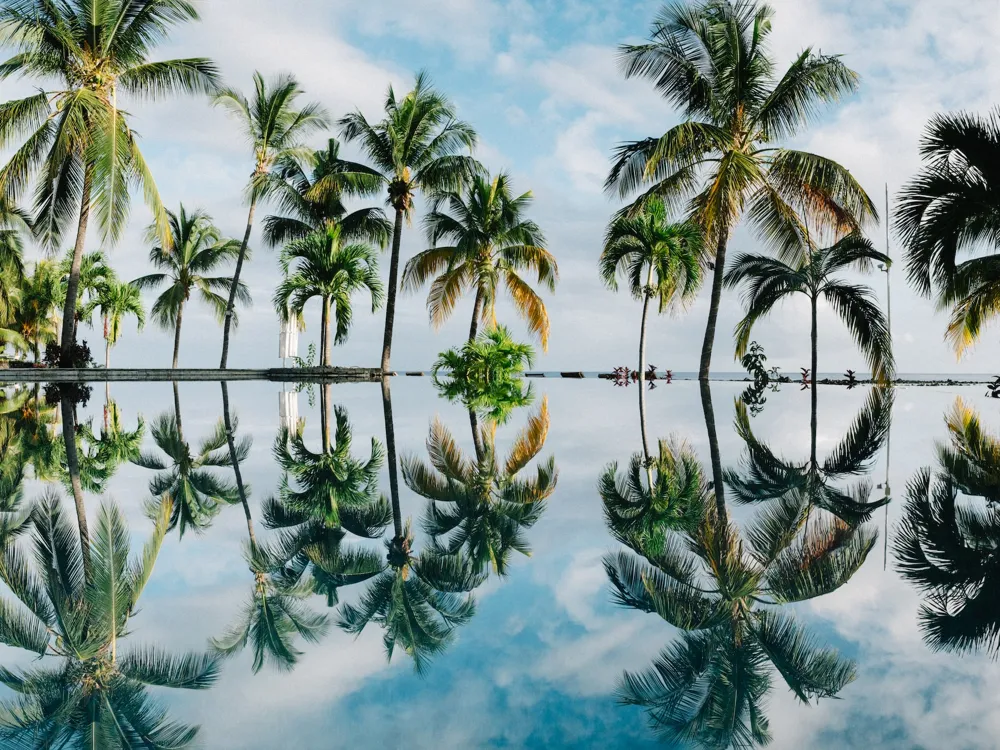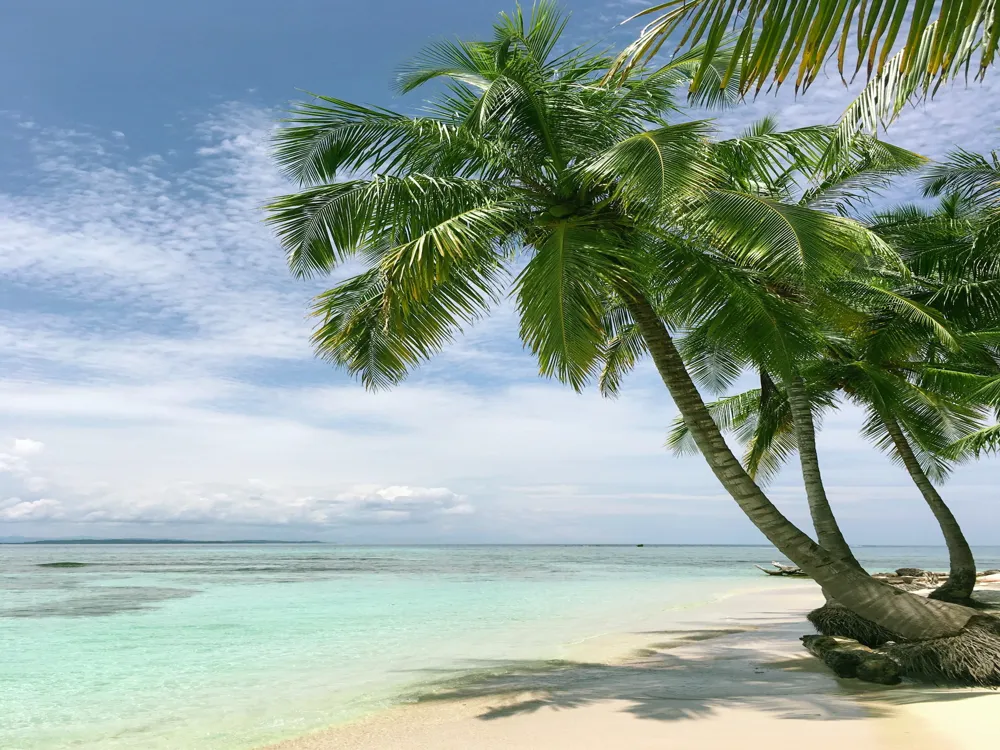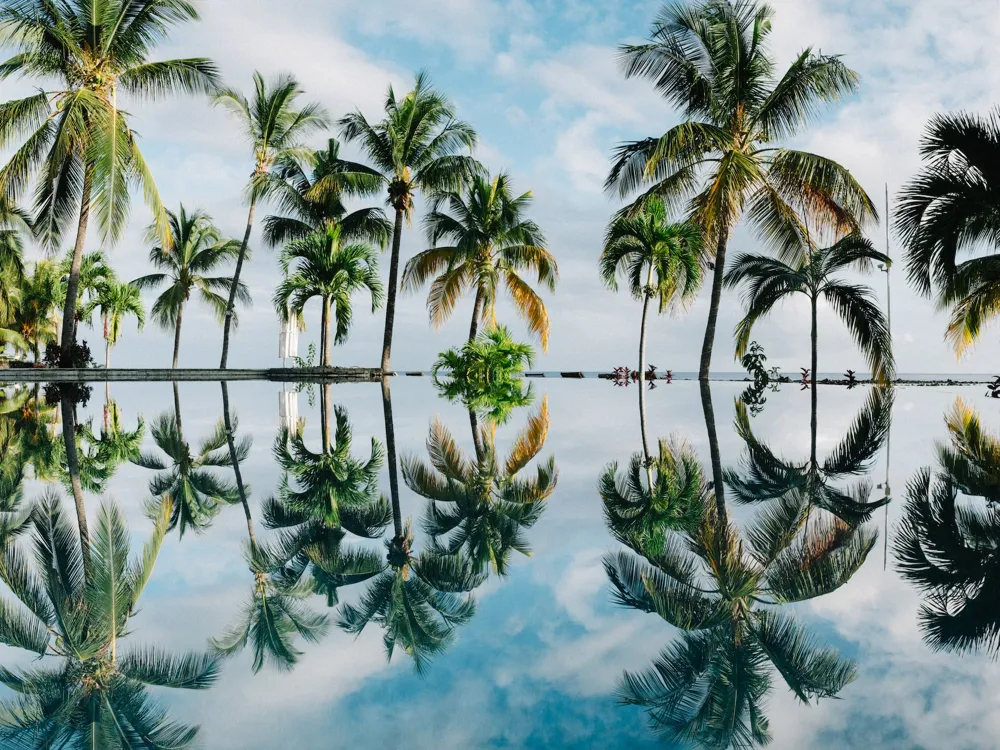The Maheswarnath Mandir, located in the quaint village of Triolet, Mauritius, stands as a beacon of spiritual and cultural significance. Established in 1819, it is revered as the oldest Hindu temple on the island, attracting devotees and tourists alike. This temple is not just a place of worship but also a symbol of the rich cultural tapestry that Mauritius embodies, representing the resilience and faith of the Indo-Mauritian community. The temple's history is deeply intertwined with the story of Indian indentured laborers brought to Mauritius during the British colonial era. These laborers, in their struggle to preserve their religious and cultural identity, found solace and unity in the construction of the Maheswarnath Mandir. Over the years, it has evolved from a simple shrine to a grand temple, reflecting the growth and integration of the Hindu community in Mauritian society. The temple is dedicated to Lord Shiva, known as Maheswarnath, but it also houses deities like Lord Krishna, Vishnu, Muruga, Brahma, and Hanuman, exemplifying the inclusive nature of Hinduism. The annual Maha Shivaratri festival, celebrated here with great fervor, draws thousands of pilgrims from across Mauritius, who undertake a barefoot pilgrimage to the temple, symbolizing their devotion and penance. The architecture of Maheswarnath Mandir, a subject of awe and reverence, blends traditional Indian temple architecture with local Mauritian influences. The intricate carvings, ornate towers, and vibrant colors are a testament to the skilled craftsmanship and religious significance embedded in its structure. The temple complex, surrounded by lush greenery, offers a serene and tranquil environment, providing a spiritual retreat from the bustling life of the island. The architecture of the Maheswarnath Mandir is a splendid example of Indo-Mauritian artistry, embodying a blend of Indian, Mauritian, and colonial influences. The temple's structure is a harmonious amalgamation of various architectural styles, making it a unique landmark in Mauritius. The main shrine, dedicated to Lord Shiva, showcases the classic elements of Hindu temple architecture with a Mauritian twist. As you approach the temple, the first thing that captures your attention is the 'Rajagopuram' - the main tower. This towering structure is adorned with myriad sculptures and carvings of Hindu deities, mythological scenes, and spiritual motifs. Each carving tells a story, contributing to the temple's rich tapestry of religious narratives. The use of vibrant colors on the Rajagopuram makes it not only a spiritual icon but also a visual spectacle. The temple's interior is equally mesmerizing. The sanctum sanctorum, where the deity resides, is designed to evoke a sense of divine presence. Intricate carvings, ornamental designs, and the strategic use of space and light create an ambiance that is both mystical and inviting. The 'Mandapa' or the hall leading to the sanctum is supported by pillars, each uniquely carved with figures from Hindu mythology, showcasing the craftsmanship of the artisans. The temple complex also includes smaller shrines dedicated to other deities, each with its distinct architectural style, yet seamlessly integrating with the overall design. The use of local materials and traditional construction techniques has ensured that the temple is not only a place of worship but also a living example of sustainable and culturally sensitive architecture. The temple's layout follows the principles of 'Vastu Shastra', the ancient Indian science of architecture and space, ensuring a harmonious balance between the elements. The open courtyards, water bodies, and strategically placed statues and symbols all add to the temple's spiritual and aesthetic appeal. The integration of natural elements like water, light, and greenery creates a sense of harmony with nature, making it a place of tranquility and meditation. Visitors are advised to dress modestly, covering shoulders and legs, out of respect for the temple's sanctity. It is also recommended to remove shoes before entering the temple premises. Silence and a general sense of decorum should be maintained within the temple to preserve its peaceful atmosphere. While photography is allowed in most parts of the temple, it is prohibited inside the main sanctum sanctorum. Visitors should also be mindful of not disturbing worshippers while taking photos. Always ask for permission before photographing individuals. Visitors are welcome to participate in the daily rituals and prayers. However, it's important to follow the temple's customs and traditions. If unsure, observing others or asking a temple staff member for guidance is advisable. For a comprehensive understanding of the temple's history and architecture, consider taking a guided tour. These tours often provide insights into the temple's significance and details that might be missed otherwise. Maheswarnath Mandir in Triolet is easily accessible by various modes of transportation. For international visitors, the nearest airport is Sir Seewoosagur Ramgoolam International Airport. From there, you can hire a taxi or rent a car to reach the temple, which is about an hour's drive. Public transportation, including buses, is also available from major cities like Port Louis, offering an affordable and authentic way to reach the temple. For those staying in nearby hotels or resorts, many offer shuttle services or can arrange a private transfer to the temple. Read More:Overview of Maheswarnath Mandir - Temple de Triolet, Mauritius
Architecture of Maheswarnath Mandir - Temple de Triolet
Tips When Visiting Maheswarnath Mandir - Temple de Triolet
Dress Code and Conduct
Photography Guidelines
Participating in Rituals
Guided Tours
How To Reach Maheswarnath Mandir - Temple de Triolet
Maheswarnath Mandir - Temple de Triolet
Mauritius
₹ 24,899 onwards
View mauritius Packages
Weather :
Tags : Temple
Timings : All Day
Time Required : 1 hour
Entry Fee : No entry fee
Planning a Trip? Ask Your Question
Mauritius Travel Packages
View All Packages For Mauritius
Top Hotel Collections for Mauritius

Private Pool

Luxury Hotels

5-Star Hotels

Pet Friendly
Top Hotels Near Mauritius
Other Top Ranking Places In Mauritius
View All Places To Visit In mauritius
View mauritius Packages
Weather :
Tags : Temple
Timings : All Day
Time Required : 1 hour
Entry Fee : No entry fee
Planning a Trip? Ask Your Question
Mauritius Travel Packages
View All Packages For Mauritius
Top Hotel Collections for Mauritius

Private Pool

Luxury Hotels

5-Star Hotels

Pet Friendly







